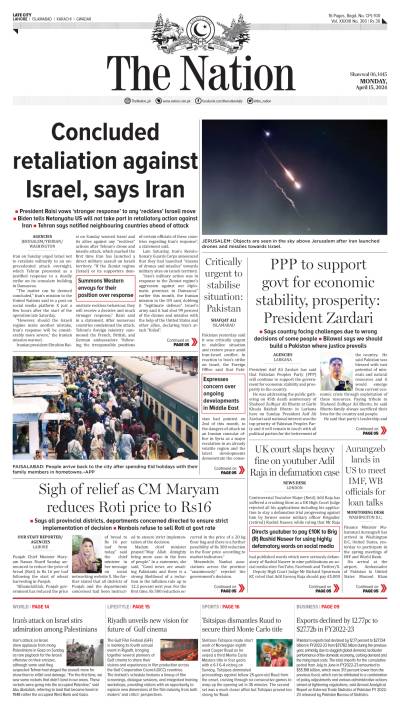In the fast pace world of inventions giving birth to multiple unmatchable discoveries, we are left amazed after realizing the potential power of a human mind. Discoveries that have changed lives, altered systems, introduced newness, remodified minds and above all changed the way lives are lived. In a world that places emphasis on heroes and gurus that have changed the course of history and continue to lead through by setting themselves on the pedestal, we are often guided to think creatively yet the limits to it are pre-dictated.
Creative freedom is based on the idea of free thinking and adopting an approach that is outside the box. It involves the fertilization of a human mind by giving it freedom to go beyond the obvious and encounter ways into the unseen, unheard and unfelt. However, the concept of creative thinking when applied comes with its set of reservations that restrict its growth and diminishes the essence encaging the concept in bars of dictatorship. We often experience the encouragement of creativity as we join places, be it in the form of university, schools, and workplace yet the idea is fenced around restrictions in a mere attempt to lower the risks associated.
When we talk of cultures that allow the practice of creative freedom, we are talking of a network of breeders that match up with the global trends. Industry giants accredit their success to the freedom of letting their selves out freely culminating in the generation of ideas that appeal globally. In order for the world to rise higher, walk faster and dream bigger the ideology of putting the mind in place, where it is best in use must be adopted as the tool towards advancement.
However, while we look into systems and structures around we are able to assess the impact of restricted creative freedom that limits the prosperity in multiple fields. As students, individuals are taught to peek into books and swim through the complexities without getting to express their inner strengths openly. As the papers might indicate that a free style choice can be made in attempting the questions yet the final outcome is judged upon the affinity with the reader’s words. What we tend to subdue is the impact of diminishing a child’s inner talent by making no room for self-expression.
As we go through other aspects of life, we notice the trend of creative freedom being strangled by the imposition of a one way style or the availability of already developed systems that over shadow freedom. Work places follow a set of rules and policies that are further developed into systems for employees, killing the exercise of creative freedom and inventing ways that go on from generation to generation.
However, this trend is translated into mindsets and further forwarded into perceptions ultimately leaving no room for the growth of creativity. Parents grow up pumping their children to look through a lens of professionalism and set aside creativity defining their age to be a harbinger of maturity. We groom a generation and hone individuals to be the future doctors, engineers, pilots and so much more than all of this yet showing them no platform where they can live creatively and breathe freely.
Before we sink back into our collective mindsets and blend into the air of normalcy we must think of whether we are born to live a life or merely breathe. We must think whether the creativity in us is just another idea or an ideology that needs our very own assistance. If we wish to make a mark, as we must to succeed it is essential to know the worth of being creatively recognized otherwise the free riders living in each one of us will die a life even before it is lived.






